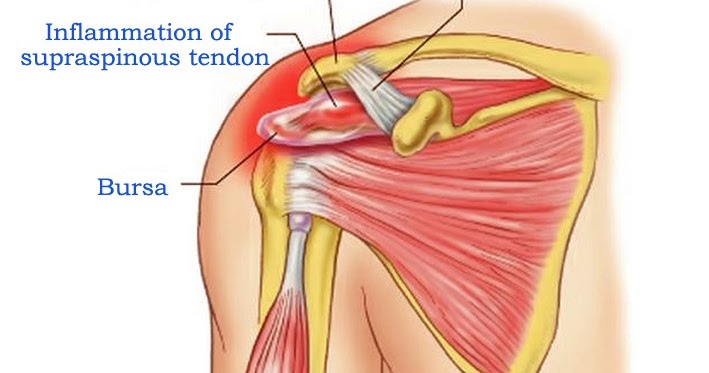1) What should I avoid with supraspinatus tendinopathy?
When you have a supraspinatus tear, you should avoid all kinds of extreme range motion involving your shoulders. Exercises include behind the neck, pressing of the shoulder, upright rows, and all other activities that need to use your upper arms behind the torso. While trying to do exercises using your injured shoulder, ensure you are keeping your range of motion restricted to what is comfortable.
2) How can I prevent supraspinatus tendinopathy?
Primary prevention must be considered an essential part of treating supraspinatus tendinosis. Educating patients about the risks involved can do a lot in circumventing supraspinatus tendinopathy development. Those athletes involved in throwing and other kinds of overhead sports, along with the laborers doing repetitive shoulder pressure, must be given instructions on good warm-up techniques, specified methods of shoulder strengthening, and a proper understanding of all warning signs of early tendinosis.
3) What are the different stages of Supraspinatus tendinosis?
Supraspinatus tendinosis mainly occurs when the rotator cuff tendon becomes mechanically impinge beyond the anteroinferior part of the acromion, especially when the shoulder is kept in the forward flexed and internally rotating position.
There are three stages of supraspinatus tendinopathy:
It mainly affects patients younger than 25 and is characterized by acute inflammation, bleeding in the rotator cuff, and edema. It is easy to reverse this stage through some non-operative treatment.
It affects patients in the age group 25 – 40, which mainly results from the scale of stage 1. Here the rotator cuff tendon advances to fibrosis and tendonitis, which usually do not respond to any traditional treatment and needs operative involvement.
It mainly affects patients who are over 40 years. When this condition starts progressing, it might lead to mechanical disturbances of the rotator cuff tendon and alterations in the coracoacromial arch with osteoporosis in the anterior acromion. Here, you must repair the surgical anterior acromioplasty arch and the rotator cuff.
4) What are the different symptoms of supraspinatus tendinosis?
Supraspinatus tendinosis mainly causes local soreness and sensitivity on the front side of the shoulder. You might feel pain and stiffness while lifting your arm. You might also feel pain while lowering your arm from the elevated position. Starting symptoms can be mild. Therefore, patients usually do not look for treatment during the initial period. Some of the symptoms might include:
- Minor pain is present both while doing activities and also during rest.
- Pain radiates from the front of the shoulder towards the side of your arm.
- Sudden pain while lifting and movements
- Athletes of overhead sports might feel pain while throwing the ball. When the problem enhances, symptoms start increasing, such as
- Pain when you sleep at night
- Loss of motion as well as strength
- Facing problems while carrying out activities that require you to place your arm behind your back, like zippering or fastening.
- If your pain arises suddenly, your shoulder might become tender. All movements become painful as well as limited.
5) How long does it take to heal supraspinatus tendinopathy?
The minimal time required to recover from supraspinatus tendinopathy is two to four weeks, and some stubborn cases take several months. During the early stages, you should aim to decrease swelling and inflammation.

